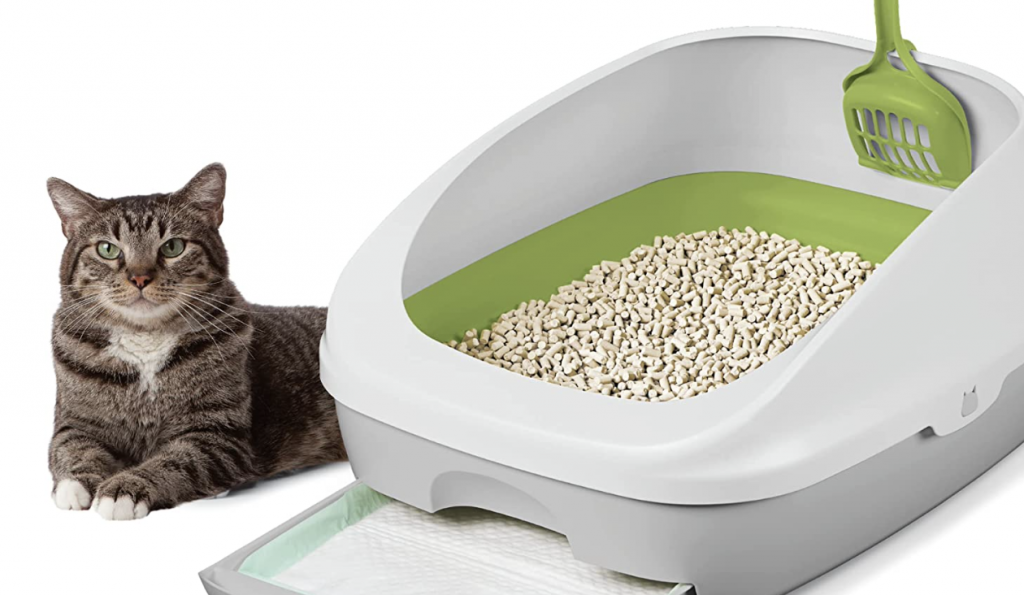How Cat Poop Could Help The Environment
Cat poop and kitty litter may be key to fighting climate change, here's how.
This article is more than 2 years old

In the fight against climate change, scientists look to unorthodox sources to sustain the planet’s future. Though manure is often utilized for sustainable purposes already, it usually comes from cows and grows crops. Today, cat poop and kitty litter are now being examined as possible ways to limit people’s carbon footprints.
A mineral found in kitty litter that helps block odors from cat poop could be the answer to climate change. MIT researchers found that the clay in kitty litter absorbs odors and surrounding gasses like methane. The absorbent properties of this clay could be used to soak up other surrounding gasses, like carbon.
The scientists working with the absorbent cat-poop mineral decided to do an experiment and test their theory. They decided to put the clay in a copper solution, which created a new compound. This compound extracted methane from the air and released it as carbon dioxide, which is way less damaging to the atmosphere than other greenhouse gasses. The model was immediately successful, potentially utilizing this mineral for large-scale greenhouse gas reduction.
The US Department of Energy saw the sustainability potential in these scientists’ cat poop experiments and decided to give the MIT team a whopping $2 million investment. The next steps in their clay experiments would be adding it to coal mines and dairy farms to test how efficiently the mineral can extract methane on a bigger scale. The best part about this specific type of clay is that its highly porous so that it can attract all kinds of matter, including liquids. Zeolite clay’s small pores are perfect for improving water retention in soil, which has already been used to sustain crops. The mighty mineral could be utilized to help all kinds of agricultural issues around the globe, making the US Department of Energy’s new investment a pragmatic and beneficial choice.
Looking at cat poop and kitty litter may seem silly, but the clay found in kitty litter is relentlessly effective at turning methane into carbon dioxide. Many question how useful this tactic is since carbon dioxide is another potentially harmful gas that could pollute the atmosphere. But carbon dioxide is 80 times less hazardous to the environment than methane. So at the very least, this conversion of gasses by the zeolite clay could help slow down the rate of climate change. The Intergovernmental Panel on Climate Change agreed with this investment in converting gas, stating that focusing on methane reduction should be a top priority in fighting climate disasters.
Unfortunately, methane is being released into the atmosphere at an unfathomable rate. This year has had the highest occurrence of methane release than any other time in history. The National Oceanic and Atmospheric Administration recorded the numbers of methane pollution in the world, showing that the gas levels of methane increased by seven parts per billion last year. This figure has only accelerated since then, with many massive companies refusing to restructure their facilities around sustainable energy. Though methane is being released into the air at an astronomical rate, these MIT researchers and their examination of cat-poop clay could substantially reduce greenhouse gas levels.





